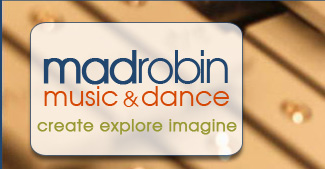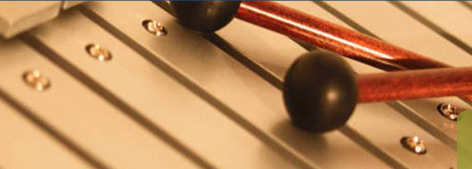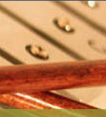|
|
|||||||||||||||||||||||
|
|||||||||||||||||||||||
|
|
|||||||||||||||||||||||
|
|||||||||||||||||||||||
855-556-8447 or 206-257-4143 or Contact Us
|
|||||||||||||||||||||||
|
Home
| Teaching Resources
| Orff Instruments
| Orff Repair Parts
| Mallets
| Recorders
| About
| Blog
| Contact
| Site Map
© 2012 - 2025. All Rights Reserved. Created and Maintained by bWyse - Seattle Web Site Design Your Social Media Networking Company |






